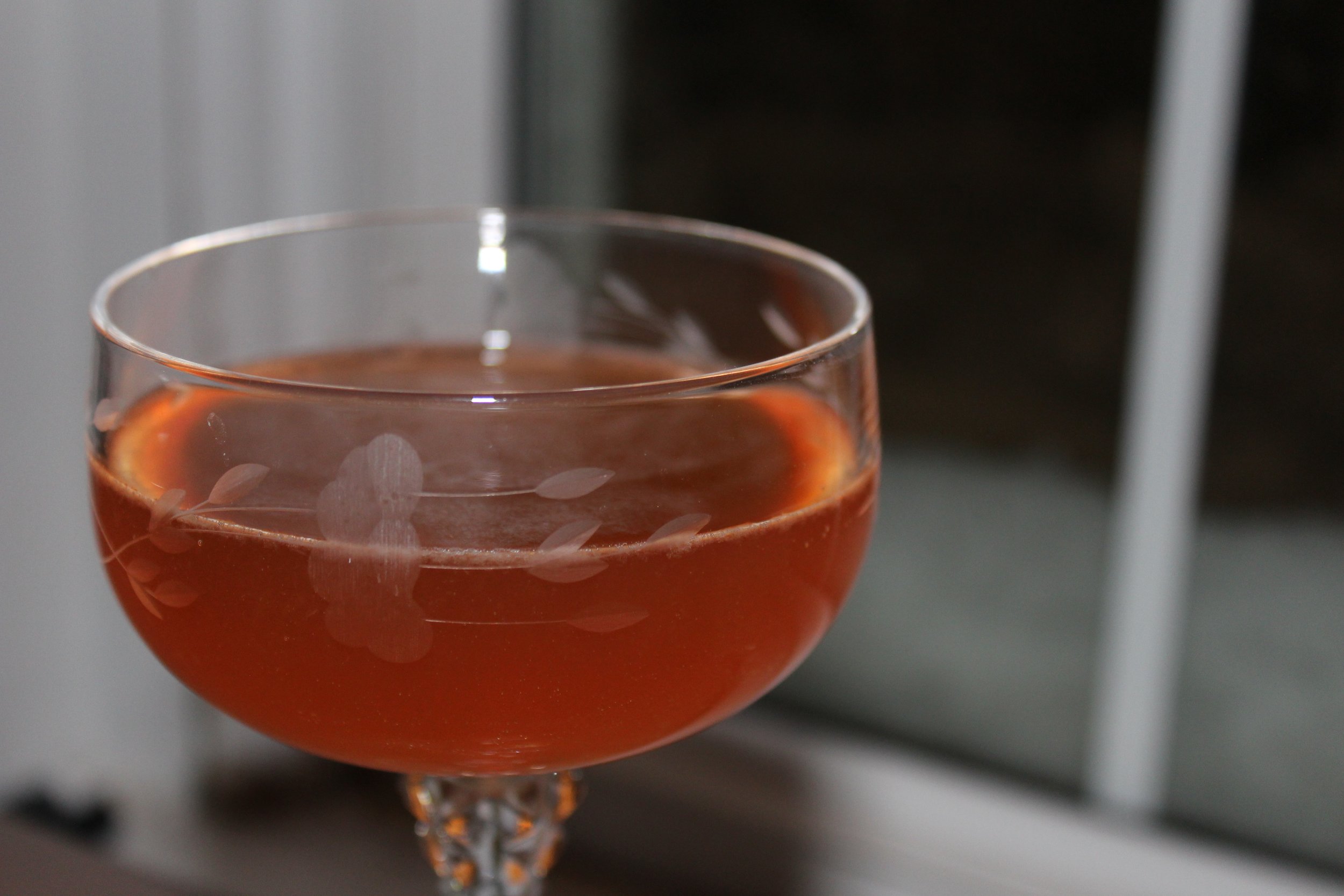Bumblebee's Bliss
I have the good fortune to have a favorite tree. It's an ornamental cherry outside my bedroom window, at just the right height that I don't have to look *up* to see its branches, but can simply look out into them.
It doesn't bloom every year, and I never really noticed it in the springtime until covid, when I suddenly found myself spending all of April stuck in that room and staring out the window. It bloomed magnificently that year, and persisted through a late snow that lay heavy on its delicate blossoms.
I have looked forward to this time every year since then. I used to not like the spring, which in Massachusetts can feel like a stunted and muddy half-season between the more substantial winter and summer. This tree was not the only reason I changed my mind, three decades into living in New England – I adore lilacs as well – but I owe a lot of my newfound appreciation for spring to this, my favorite tree.
This morning, I felt compelled to try to capture some of its bounty with my camera. While crouched at the window, trying to take it all in without getting too much of the window frame in the shot, I noticed a whole bunch of big, hefty bumblebees meandering among its branches – many more than I've seen in a single day so far this year. I felt inspired to create a cocktail suitable to such a perfect vernal moment.
Naturally, it had to use some sort of cherry. I considered maraschino liqueur as an ingredient, but settled on kirschwasser as a base spirit instead. I favor its use in cocktails more strongly than most; when surveying the cocktail books in my house for inspiration, I rapidly determined that the books I own with the most kirsch recipes are those that I’ve written myself.
I have also recently been playing with El Guapo's rose cordial, which quite honestly might be their best product, and I say that as someone who keeps several of the others on hand at all times. I tasted it at Tales of the Cocktail last summer and brought a bottle home with me, despite having no particular idea what to do with it – I just wanted to make sure I'd be able to taste it again.
The recipe was taking shape. The name that had risen to the surface of my mind was “Bumblebee's Bliss,” and I wanted to create a drink that the namesake bees might enjoy if they drank cocktails. It should be floral, without trying too hard or having too many other distractions. Bumblebees are content with raw ingredients; such complexity as there is in this recipe is a compromise for a human audience. I also elected to skip the honey one might expect in a bee-themed recipe, because it isn't nearly as big a part of life for bumblebees as it is for honeybees.
In the end, I'm quite pleased with this recipe. My first instinct was 1.5:.75:.5 kirsch:lemon:rose and one dash of orange bitters. An aroma check before shaking persuaded me to add another ¼ oz. of the rose cordial. And one more persuaded me to add the rest of the juice of the lemon I had, which brought the total to about 7/8 oz. I do think that the extra lemon was probably unnecessary, so while this was a delicious drink as initially mixed, I'd be more likely to make it in the future using the recipe below. I also think it could stand a little more kirsch, but then, I think that about many cocktails.
Bumblebee's Bliss
1.5 oz. kirschwasser
.75 oz. lemon juice
.75 oz. rose cordial (El Guapo if at all possible)
1 dash orange bitters
Shake with ice for ~10 seconds. Strain into a coupe glass. Photograph in front of your favorite tree.






